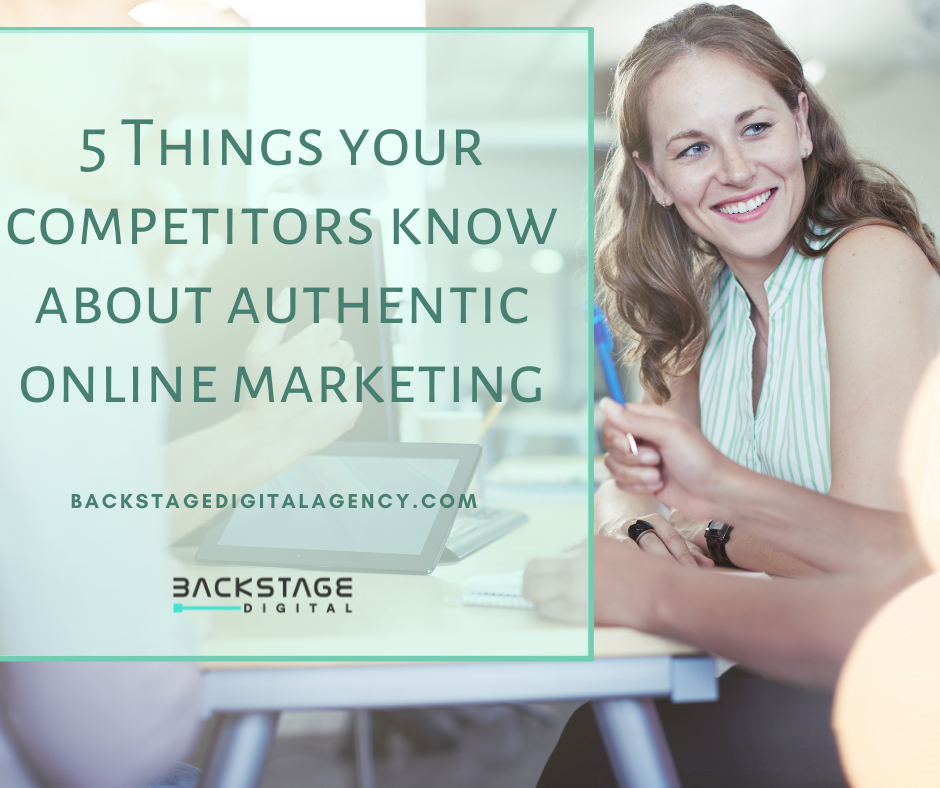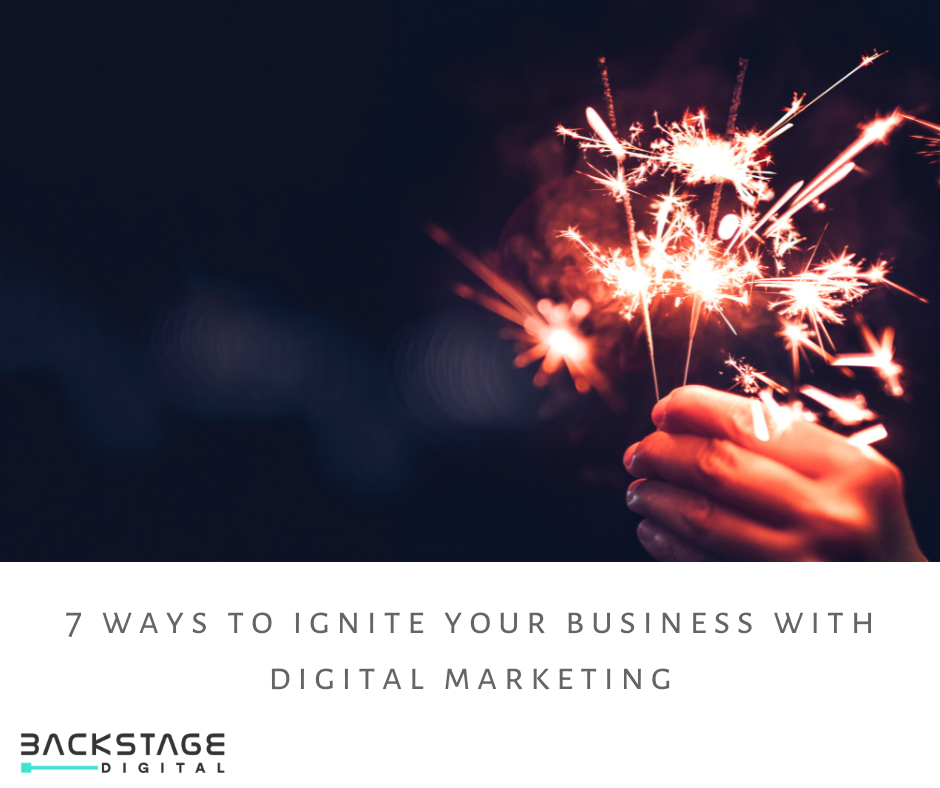A well-promoted blog can attract a substantial audience, establish your brand’s authority, and create opportunities for monetization. To see these results, it is important to be strategic to ensure that your content reaches the right audience, leading to increased engagement and conversions. In this article, we will discuss several key strategies that can significantly enhance your blog’s visibility and success:
1. Boosting Traffic through SEO Optimization

Effective SEO optimization is fundamental to driving organic traffic to your blog. By implementing strategic SEO practices, you can significantly enhance your website’s visibility on search engines, resulting in increased traffic and business growth. Recognizing the importance of this step is one thing; the real test lies in the ability to implement successful SEO. We’ve outlined three critical components of SEO: Keyword Research, On-Page Optimization, and Building High-Quality Backlinks.
Keyword Research and Its Impact on Search Engine Visibility

Keyword research is the cornerstone of any successful SEO strategy.
Identifying the right keywords ensures your content appears in relevant searches, making it easier for potential readers to find your blog.
Doing any type of SEO optimization without a comprehensive keyword analysis and deep dive will always land flat.
Tools and Techniques for Effective Keyword Research:
- Google Keyword Planner: Provides keyword ideas and search volume data.
- Ahrefs: Offers comprehensive keyword analysis and competitor insights.
- SEMrush: Helps identify high-performing keywords and track keyword performance.
- Ubersuggest: Generates keyword suggestions based on entered terms.
How to Conduct Keyword Research:
- Identify Seed Keywords: Start with broad terms related to your blog’s niche.
- Expand with Long-Tail Keywords: Use tools like Ubersuggest to find long-tail variations.
- Analyze Competitors: Use Ahrefs or SEMrush to see which keywords competitors are ranking for.
- Evaluate Keyword Difficulty: Focus on keywords with a good balance of search volume and competition.
- Incorporate Keywords Naturally: Ensure keywords fit seamlessly into your content.
On-Page Optimization Strategies to Improve Website Ranking

On-page optimization involves improving individual web pages to rank higher on search engines.
It focuses on various elements within your control, such as meta tags, headings, and URL structure.
Importance of Meta Tags:
- Title Tags: Should be concise, include primary keywords, and reflect the page content.
- Meta Descriptions: Provide a brief summary of the page; use compelling language to encourage clicks.
Optimizing Headings (H1, H2, H3):
-
- Use headings hierarchically; H1 for the main title, H2 for subheadings, and H3 for sub-subheadings.
- Include relevant keywords in headings to signal their importance to search engines.
URL Structure:
-
- Keep URLs short and descriptive; include primary keywords.
- Avoid using special characters or unnecessary words in URLs.
Additional On-Page Elements:
-
- Internal Linking: Connect related blog posts through internal links to improve site navigation and SEO.
-
- Alt Text for Images: Describe images using alt text that includes relevant keywords which also improves accessibility.
- Content Quality: Ensure content is valuable, informative, and free from grammatical errors.
Building High-Quality Backlinks for SEO Purposes:
Backlinks from reputable websites signal credibility and authority to search engines. They play a crucial role in determining your site’s ranking within search engine algorithms.
Role of Backlinks in Search Engine Algorithms:
Search engines view backlinks as votes of confidence from other websites. The more quality backlinks you have, the more likely your site will be considered an authoritative source.
2. Methods for Building High-Quality Backlinks:
Guest Posting: Guest posting involves creating high-quality content for another website. This allows you to provide value to the host site’s audience, increase your brand’s visibility, and earn a backlink to your site.
Broken Link Building: Identify websites in your niche that have high domain authority and relevance to your content. Find broken links on their site and suggest replacing them with your content. This tactic benefits both parties: the website owner gets to fix broken links on their site, improving user experience and SEO, while you gain a valuable backlink.
Utilizing Social Media for Blog Promotion: Social media has revolutionized the way we share and consume content, making it indispensable for promoting your blog. With billions of active users across various platforms, social media offers unparalleled opportunities to increase visibility and reach a wider audience. By leveraging social media effectively, you can:
-
- Extend the reach of your content
-
- Drive significant traffic to your blog
- Foster deeper connections with your audience
Now, let’s delve into how you can utilize social media to promote your blog effectively.
2.1 Choosing the Right Social Media Channels for Your Niche
Selecting the appropriate social media platforms is crucial for successful blog promotion. Not all platforms are created equal; each caters to different types of content and audiences. To maximize your efforts:
Identify Your Audience
Gain insights into where your target audience spends their time online. For instance, younger demographics might gravitate towards visually oriented platforms like Instagram or TikTok, while professionals in B2B spaces may prefer LinkedIn.
Analyze Platform Features
Each platform boasts unique features that align well with specific types of content. For example:
-
- Instagram excels at sharing visual content such as photos and videos.
-
- Twitter provides an ideal space for quick updates and conversations.
- LinkedIn serves as a hub for sharing professional insights and networking.
Competitor Analysis
Evaluate the social media presence of your competitors and gauge the level of engagement they receive on different platforms. This analysis can provide valuable insights into which channels might work best for you.
For instance, if your blog revolves around visual arts or photography, Instagram could be a primary channel due to its image-centric nature. On the other hand, a business-oriented blog might find more success on LinkedIn.
2.2 Crafting an Effective Social Media Marketing Strategy
Having a robust social media marketing strategy goes beyond sporadic content posting. Consistency and engagement are key:
-
- Consistent Posting: Establish a regular schedule for posting. Tools like Buffer or Hootsuite can help automate your posts.
-
- Community Engagement: Actively interact with your followers by responding to comments, participating in discussions, and encouraging user-generated content.
- Content Curation: Share relevant content from other sources alongside your own to provide additional value to your audience and establish credibility.
Consider utilizing a content calendar to plan out your posts in advance, ensuring a strategic balance of promotional content and content that offers value to your audience.
2.3 Harnessing the Power of Visuals and Videos in Social Content
Visuals play a pivotal role in capturing attention on social media:
- Images and Infographics: Utilize high-quality images and infographics to simplify complex information and enhance understanding.
- Videos: Videos are highly engaging and can significantly boost interaction rates. Whether it’s brief tips, behind-the-scenes glimpses, or comprehensive tutorials, videos have the power to enhance your storytelling and keep your audience’s attention.
- Live Streaming: Platforms like Facebook Live or Instagram Live enable real-time interaction with your audience, fostering a sense of community.
Repurposing is key! For example, you can post updates when blogs are released, share graphics highlighting particularly impactful quotes, and create concise video summaries of your blog posts to entice viewers to visit your blog!
By carefully selecting the right social media channels for your niche, formulating a consistent marketing strategy, and incorporating compelling visuals and videos into your content, you can significantly amplify the visibility and reach of your blog.
3. Creating Engaging Blog Content
High-quality content not only attracts a broader audience but also fosters trust and loyalty among readers. Consistently delivering valuable insights and engaging narratives can transform casual visitors into dedicated followers.
3.1 Understanding Your Target Audience for Better Content Planning
To create compelling content, you need to understand who you’re writing for. Knowing your target audience allows you to tailor your blog posts to their interests and needs.
Methods for Audience Research:
-
- Surveys and Questionnaires: Direct feedback from your audience can provide insights into their preferences.
-
- Analytics Tools: Platforms like Google Analytics help track user behavior, revealing what type of content resonates most with your readers.
- Social Media Listening: Monitoring discussions on social media platforms can uncover trending topics and common pain points within your niche.
Persona Development:
Creating detailed personas based on demographic data, interests, and behaviors helps in crafting content that speaks directly to different segments of your audience.
-
- Demographic Information: Age, gender, location, occupation.
-
- Psychographics: Interests, values, lifestyle choices.
- Behavioral Data: Online habits, purchasing behavior, preferred content types.
By understanding these aspects of your audience, you can develop a content strategy that addresses their specific needs.
3.2 Enhancing Blog Posts with Visuals, Infographics, and Videos
Visual elements significantly enhance the storytelling aspect of your blog posts. They make complex information more digestible and engaging.
Benefits of Using Multimedia:
-
- Infographics: These are perfect for presenting data in a visually appealing format. They break down complex statistics into easy-to-understand visuals.
-
- Images: High-quality images can capture attention quickly and make your blog posts more attractive.
- Videos: Incorporating videos can increase engagement time on your page as they cater to users who prefer consuming visual content over reading text.
Techniques for Effective Use of Multimedia:
-
- Consistent Style: Maintain a consistent visual style that aligns with your brand identity.
-
- Relevance: Ensure that all multimedia elements are directly related to the content they accompany.
- Optimization: Compress images and videos to enhance loading speeds without compromising quality
By integrating these elements thoughtfully into your blogs, you not only enrich the reader’s experience but also improve the shareability of your content across social media platforms.
3.3 Crafting Irresistible Headlines that Drive Clicks
The headline is often the first interaction a reader has with your blog post. An attention-grabbing title can significantly increase click-through rates.
Tips for Writing Effective Headlines:
- Use Numbers: Headlines with numbers tend to attract more clicks (e.g., “10 Tips for…”).
- Incorporate Power Words:
4. Collaborating with Influencers and Joining Online CommunitiesPartnerships with influencers and active participation in online communities can greatly enhance your blog’s reach and credibility. These strategies offer authentic engagement and exposure to broader, more targeted audiences.
4.1 Finding and Connecting with Relevant Influencers in Your Industry
Identifying the right influencers is crucial for a successful collaboration. Here are some outreach strategies and tools to help you connect with relevant influencers:
Research Tools
-
- Utilize BuzzSumo, a tool that helps you discover top influencers by topic or domain.
-
- Leverage Followerwonk to analyze Twitter bios and find influential figures in your niche.
-
- Consider using Traackr, a comprehensive platform that aids in influencer discovery, management, and analytics.
Outreach Strategies
-
- Craft personalized emails that highlight mutual benefits and demonstrate genuine interest in their work.
-
- Engage with potential influencers on social media through actions like commenting on their posts, sharing their content, and sending direct messages.
-
- Attend industry events, webinars, and conferences where you can meet and connect with influencers in person.
Collaboration Types
-
- Invite influencers to write guest posts for your blog or contribute a piece yourself on their platform through guest blogging.
-
- Send your products for review or collaborate on giveaways to leverage their audience through product reviews and giveaways.
-
- Feature influencers in interviews or podcasts to provide valuable content while tapping into their following through interviews and podcasts.
By aligning with these strategies, you’ll not only expand your blog’s reach but also enhance its credibility within your niche.
To further optimize your blog’s performance and reach, it may be beneficial to consider a social media audit to identify areas of improvement and capitalize on potential opportunities. Additionally, exploring case studies can provide valuable insights into successful digital marketing strategies implemented by others in your industry. Lastly, before making any commitments, ensure you are partnering with a reputable agency by asking them these.


 Why Keyword Competition Analysis is Important
Why Keyword Competition Analysis is Important
















